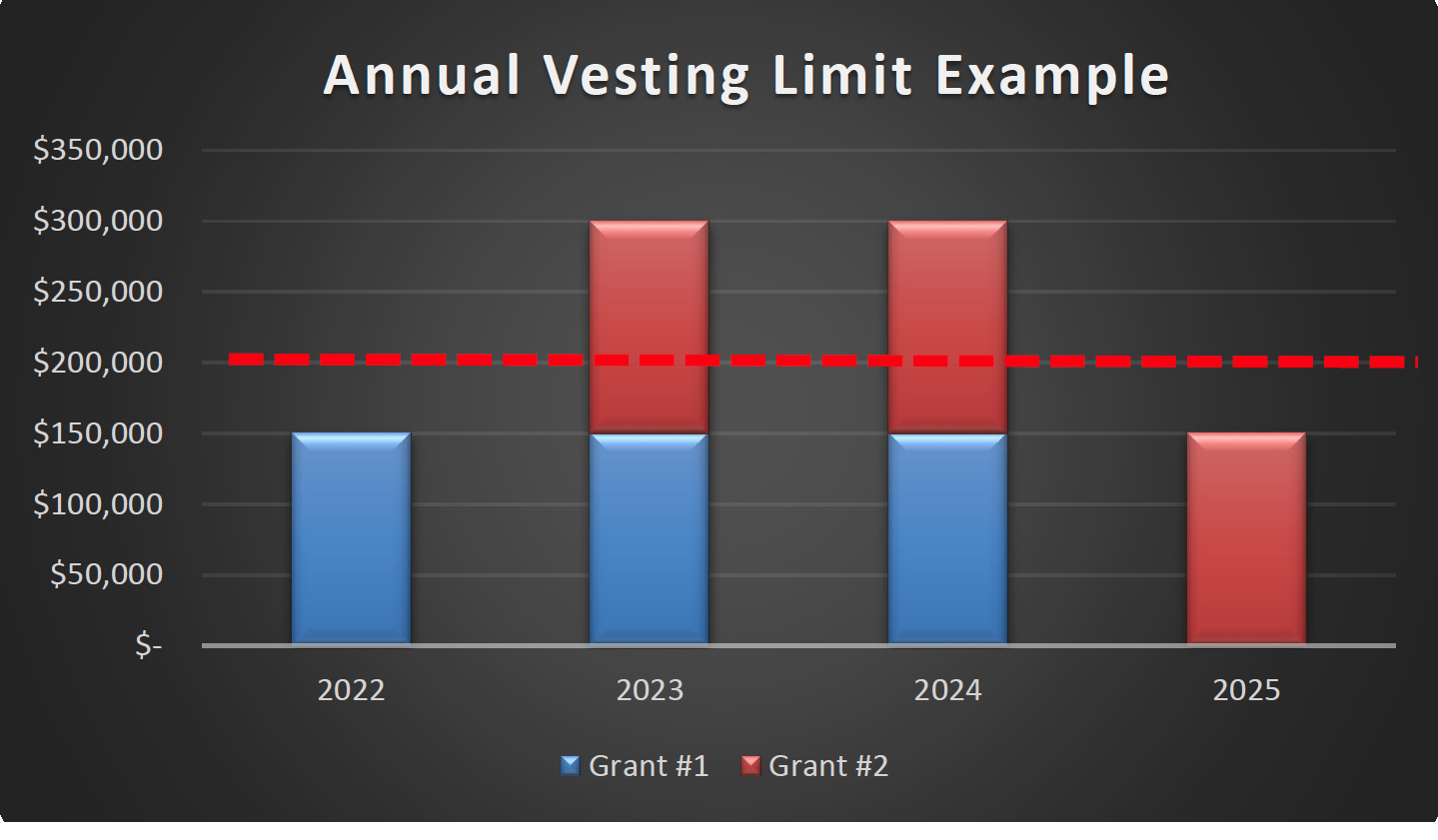
Proposed changes to taxation of employee stock options now law
Tax Alert 2021 No. 26, 14 July 2021
Significant changes to the taxation of employee stock options first proposed in 2019 received Royal Assent on 29 June 2021 and are now law.
The new rules introduce a $200,000 annual limit on employee stock options that may qualify for the 50% stock option deduction. This limit will generally not apply to stock options granted by Canadian-controlled private corporations (CCPCs) or non-CCPCs with annual gross revenue of $500 million or less. The changes will apply to stock options granted on or after 1 July 2021.
The new rules impose significant additional notification and tracking requirements on companies and will further complicate the process of withholding and reporting on the exercise of options.
Background
For more details on the stock option proposals, see EY Tax Alert 2020 Issue No. 59, Stock option proposals reintroduced.
The legislation was included in Bill C-30, Budget Implementation Act, 2021, No.1, which received Royal Assent on 29 June 2021. See EY Tax Alert 2021 Issue No. 24, 2021 Budget implementation bill receives Royal Assent.
Notification requirements
Companies that are not CCPCs and earn $500 million or more in gross annual revenue now have notification requirements for grants of options that exceed the $200,000 annual limit (non-qualified securities). This limit is based on the value of the shares at the time the options were granted multiplied by the number of options that vest in a year (see example below).
When a company grants a non-qualified security (that is, a stock option that does not qualify for the 50% stock option deduction), it is required to notify the employee in writing no later than 30 days after the day the stock option agreement is entered into. Failure to notify the optionee within the prescribed time may result in the loss of a corporate deduction. The company must also report the issuance of non-qualified securities in a prescribed form at the same time as the company’s annual tax return. The government has not yet released the prescribed form.
Therefore, it is important for the company to be able to determine at the time of grant whether an option (or portion thereof) is non-qualifying.
Option tracking
In order to determine which options are non-qualified, companies will need to keep track of how much of the $200,000 limit the employee has already ”used up“ for each year that a new option grant will vest. Detailed tracking of options is essential for companies to correctly notify employees, submit the prescribed form at the same time as their tax returns, withhold income tax at the time of exercise, report income on the applicable Form T4(s), Statement of Remuneration Paid and claim the corporate tax deduction that may be available. The tracking exercise will become more complicated in situations where employees receive multiple option grants over several years.
Example: A company grants an employee 9,000 options on 1 September 2021, with the options vesting one-third, one-third, one-third in each of 2022, 2023 and 2024. The exercise price of $50 is equal to the fair market value of the shares at the time of the grant.
The following year, the company grants the exact same incentive to the employee: 9,000 options with a fair market value of $50 vesting equally over 2023, 2024 and 2025.

In this example, the employee will exceed their $200,000 limit in each of 2023 and 2024. This means the employee will not be able to claim the 50% stock option deduction on $100,000 of their options from these years. The company will be required to notify the employee of this in writing no later than 30 days after the day the stock option agreement is entered into and will be entitled to a corporate tax deduction in respect of these options.
Revenue test for non-CCPCs
As noted above, the $200,000 annual limit will not apply to stock options granted by CCPCs or non-CCPCs with annual gross revenue of $500 million or less. In general, gross revenue is the revenue reported in an employer’s most recent annual financial statements (or, in the case of a corporate group, the ultimate parent’s consolidated financial statements) prepared in accordance with generally accepted accounting principles.
Employer deduction for non-qualified securities
Employers will be able to claim a corporate deduction equal to the benefit received by an employee where the options would otherwise qualify for a deduction under paragraph 110(1)(d) of the Income Tax Act, but the deduction is limited as a result of the new $200,000 annual limit (i.e., the options are non-qualified securities) or following an employer’s designation of non-qualified securities (see below).
Designation of non-qualified securities
Employers subject to the new rules will be able to designate securities to be issued or sold under a stock option agreement as non-qualified securities for purposes of the employee stock option rules. When this designation is made, employees will not be entitled to a stock option deduction, but the employer will be entitled to a deduction for the value of the benefit received by employees.
Learn more
For more information, contact your EY or EY Law tax advisor, or one of the following professionals.
Toronto
Uros Karadzic
+1 416 943 2087 | uros.karadzic@ca.ey.com
Lawrence Levin
+1 416 943 3364 | lawrence.levin@ca.ey.com
Leah Shinh
+1 519 571 3325 | leah.c.shinh@ca.ey.com
Kitchener/Waterloo
Tim Rollins
+1 519 571 3379 | tim.rollins@ca.ey.com
Ottawa
Darrell Bontes
+1 613 598 4864 | darrel.bontes@ca.ey.com
Montreal
Danielle Laramée
+1 514 874 4360 | danielle.laramee@ca.ey.com
St. John’s
Troy Stanley
+1 709 570 8290 | troy.a.stanley@ca.ey.com
Calgary
Christopher Rush
+1 403 206 5191 | christopher.rush@ca.ey.com
Vancouver
Hein Winckler
+1 604 891 8416 | hein.winckler@ca.ey.com
Budget information: For up-to-date information on the federal, provincial and territorial budgets, visit ey.com/ca/Budget.

